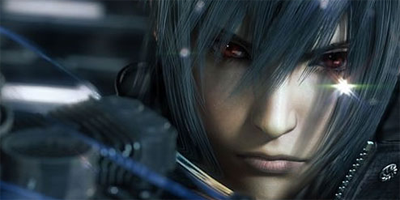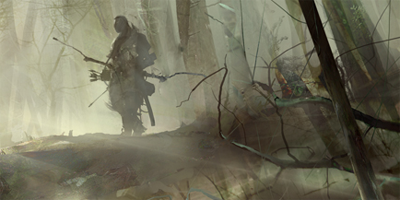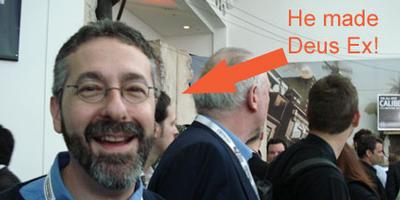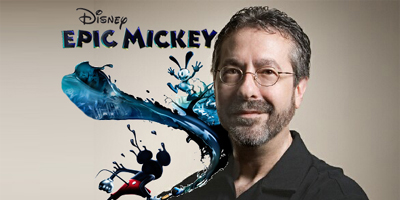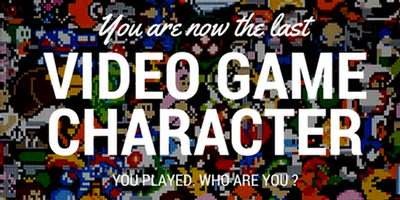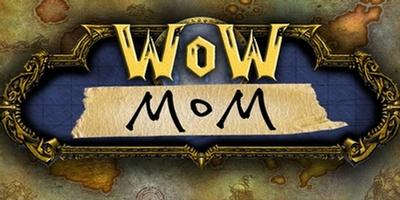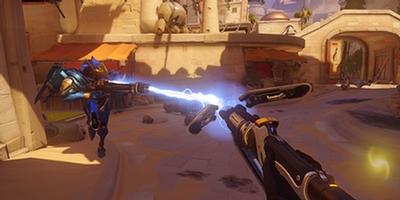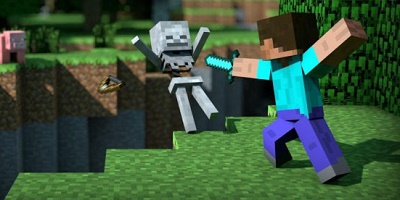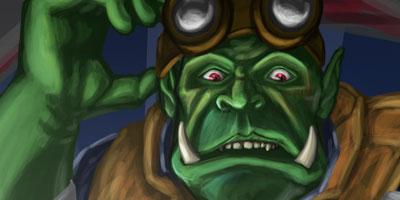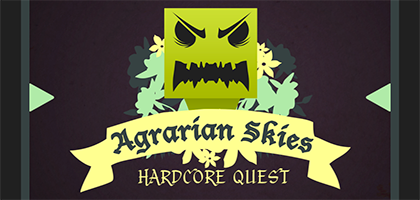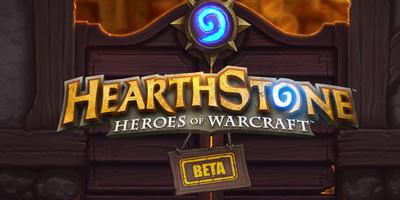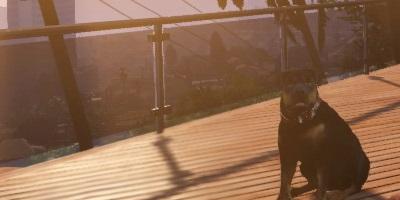- by Bruce "Moose" Fraser
- Posted on July 21, 2012 @ 4:00 PST

The Game Masters exhibition has kicked off in Melbourne, Australia, and it's off to a great start. This will have been the second video game exhibition to hit ours shores, and is soon to be touring the world like its predecessor; Game On, which has been featured in several different countries around the world since 2008. There's no doubt that Game Masters will be soon to follow in its footsteps. We were given the chance to take a sneak peek of the exhibition, along a personal tour with the Game Masters themselves, and we had a blast! Not just an exhibition for gamers, Game Masters is also a great way to show off games as an art form, as well as introduce non or new gamers to the creative development side of video games.
So let's take a walk through, shall we?
Upon entering the exhibition, you’re instantly transported back in time to the classic arcade area, showcasing some of the most iconic games from the '80s and '90s, such as Space invaders and Pac man, as well as some other greats, like Reactor and Elevator Action.

Within this bevy of arcade classics, a wall bares some of the lesser known gaming consoles and peripherals, such as the Fairchild Video Entertainment System, and the Famicom 3D glasses. Beyond this corridor, an open space is presented with Nintendo’s disappointingly small and not very detailed display, simply showing off the latest 3DS games and various other consoles such as the 64 and NES.

Kojima’s Metal Gear Solid series had its own area, with newly commissioned interviews with Hideo. Though it was a little disappointing that Hideo himself was not making an in-person appearance, seeing Metal Gear Solid one through to four was indeed quite awesome, along with an adjacent wall lined with artwork from the games. Kudos and props to the curator for that.

Continuing onwards, there are two more arcade cabinets at the center of the room; A Virtua Fighter, and a mini sit-down Out Run cabinet - which to this day is an immensely fun driving game, if a little jarring when the whole seat moves from side to side. Sitting beside the main Sega exhibit, which had new and old Sonic games, Nights, and other iconic titles, the area was depressingly clear of visitors, while to the side of the Sega area, were several Alienware computers playing various Blizzard games. Two massive M18x desktop replacement laptops ran Diablo 3, and after fiddling with Diablo 3 for about 15 seconds, a prompt window announced that the servers would be shutting down for maintenance, right on cue.

Strangely enough, Team Ico’s games, Shadow of the Colossus and Ico were put into the corner under a dim light, a little out of sight. Ico is usually the go-to game for an example of “Games as an art form”, so you would think it to be center stage, given its importance and fierce cult following. The only problem with having such exquisite games on display is you need to sink a lot of time into them to understand their beauty. Nobody can understand the depth of a game like Ico in ten minutes, you need hours to really get into it.
Further on is a section dedicated to Peter Molyneux’s works, including Fable and Black and White. Molyneux was unable to attend as planned, and was filled in by Firemint’s Rob Murray. I personally found Molyneux’s display quite under whelming, though that may be because I haven’t enjoyed a single one of his games since the first Fable... Moving on! In the same wide corridor sits Will Wright’s exhibit, including Simcity, Spore, and The Sims, in which someone had trapped a sim in a pool, leaving him there for several in-game weeks, which quite a few of us got a kick out of watching.
Next up is Tim Schafer’s exhibit. Rather large, compared to the other Game Masters, with a mini version of “The Deuce”, the hotrod from Brutal Legend out on display. With his classic Lucas Arts games also on display, consisting of The Secret of Monkey Island, Maniac Mansion 2: Day of The Tentacle, and none other than the amazing cult hit, Grim Fandango. Also playable is Psychonauts and Brutal Legend, from his own company, Double Fine. Both of which have concept art adorning the walls, as well as exclusive unused concept art from Grim Fandango, which Tim himself, personally talked us through, explaining the ideas and concepts behind it. We were a little star-struck to say the least, but it was great getting some insight from the man himself!

Across from Tim’s area is Warren Spector’s, featuring Deus Ex and System shock. Most interesting is the never before seen documents from the game's development, including the draft script from when the game was originally known simply as “Shooter”. Reading through it was definitely fascinating, and to be honest, I wouldn't be lying if I said I really wanted to break into the cabinet and steal all the pre-production notes for the game.
Warren’s area is relatively small, though it’s difficult to display games that require hours of commitment and have a long learning curve. Schafer’s area overshadowed pretty much everything around it, becoming the unofficial star of the show.

Beyond the Game Masters area is the music gaming area, featuring games like Just Dance, Rock Band, Space Channel 5 and several other rhythm games to populate the unnesscarily huge space they were given. It's understandable that music games are a big part of the gaming industry, however, the whole area was dressed up a little too flashy, with bright tinted plastic walls and colored lights everywhere, making it seem like more of an advertisement more than anything, with hired dancer to boot.

Accidentally, we had then "stumbled" into a dark room, tucked away and separated from the rest of the exhibition, which had a single projector playing Tetsuya Mizuguchi’s Child of Eden. However, this was most entertaining to watch and listen to, as the game music was put through a large surround sound system, giving perfect omnidirectional sound. Sadly, it wasn't getting much of its needed love and attention, being so hidden and out of view, though I felt it to be a nice "secret level" kind of touch.
At this point, the exhibition path does a U-turn, and we move into the indie area of the exhibition, which has some of the most iconic independent titles, such as Minecraft, Braid, and Firemint’s Flight Control. This particular area is popular for it's multiplayer theme, with games like Castle Crashers, and Fruit Ninja Kinect on display. Personally, I was simply happy to see Castle Crashers there, since multiplayer beat-em-ups have been a part of gaming history since the ‘80s with games like Double Dragon, and Battletoads.

Well... That concludes it! Overall, the exhibition is a great follow up to ACMI's 2008 “Game On” exhibition, delving deeper into the behind the scenes of some really iconic and well-loved games. I did find a disappointing lack of certain development teams, such as Valve and Bethesda Softworks though. Oh, what I would have given for a section dedicated to Gabe Newell.
Thus ends our tour of the Game Master’s exhibition at ACMI. Please keep your arms and legs inside the vehicle until it has come to a complete stop.
Have a look through a few more photos* from the exhibition below, and if you're in Melbourne, don't forget to check out the exhibition for yourself. Just remember to take some friends or family members along for the ride, you'll be in for a fun-filled day for sure! Tickets are available to purchase through the ACMI website.
* Credit to Kim for the photographs - Thanks!
- Brutal Legend
- Psychonauts
- Peter Molyneux
- Tim Schafer
- Warren Spector
- ACMI
- Australia
- Exhibition
- Game Masters
This looked like a really fascinating event. Wish I could've gone! I like how they had a bunch of classic games there. I'd be trying my best to beat the high scores on the machines haha.

